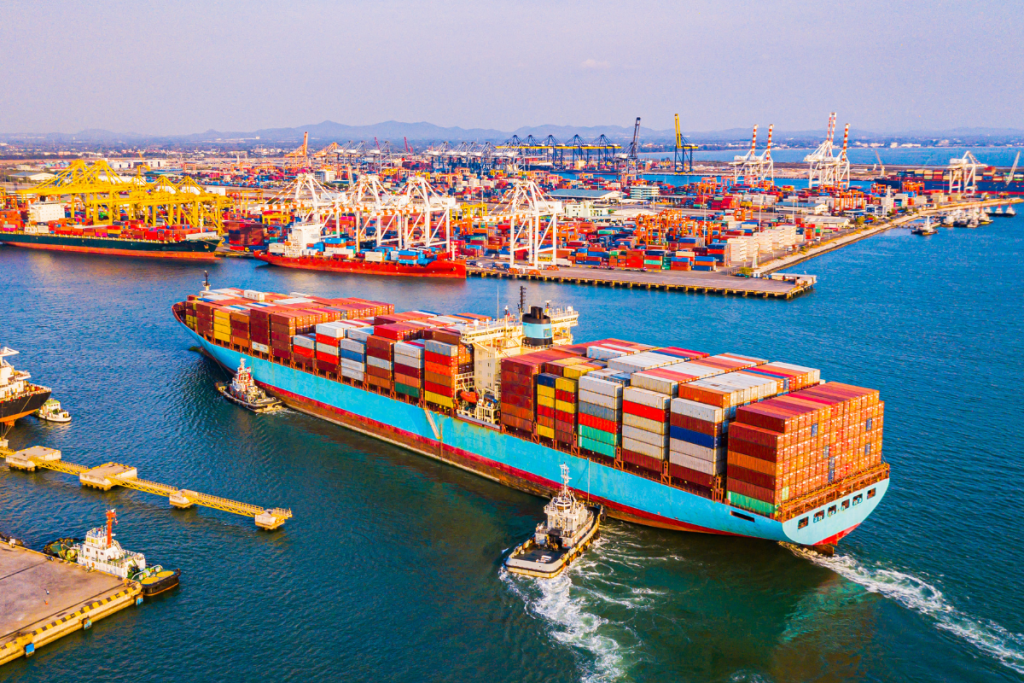As global disruptions become increasingly interlinked, the traditional compartmentalized approach to supply chain risk management is breaking down. The latest Kennedys Global Forecast outlines a troubling trifecta – cyberattacks, climate shocks, and geopolitical unrest – reshaping how resilience must be built across supply chains. A new model is emerging, one where technology-enabled foresight and prevention play a central role.
Redefining Supply Chain Vulnerability
The Kennedys report articulates what many supply chain leaders are already grappling with – risks no longer arrive sequentially. Cybersecurity breaches in logistics systems, drought-related slowdowns at critical waterways like the Panama Canal, and armed conflict disrupting Red Sea shipping lanes are not isolated events, they are simultaneous forces reshaping global trade.
This convergence means that the impact of any one event is amplified by others. For instance, a cyberattack during a weather-induced reroute not only delays shipments, it distorts entire planning models. These compounding disruptions also strain traditional risk frameworks, which often focus on individual threat categories rather than cross-functional dependencies. As supply chains become more digital and interconnected, these legacy models struggle to anticipate second- and third-order consequences.
For supply chain leaders, the implication is clear – risk must now be understood as a system. That includes recognizing how vulnerabilities in IT infrastructure, physical assets, and geopolitical exposure influence each other in real time.
A More Proactive Risk Model
The insurance sector, once viewed as a reactive mechanism to absorb shocks, is beginning to shift toward a preventative role. By leveraging tools like satellite-based port monitoring, machine learning for predictive analytics, and live geopolitical intelligence, insurers can now help businesses assess exposure in advance, not after losses are incurred.
This evolution aligns with how many global supply chain leaders are starting to think – resilience is no longer just about recovery; it’s about readiness. But this shift also requires rethinking operational partnerships. Risk management can no longer sit on the periphery of supply chain decision-making. Instead, it must be embedded, digitally and strategically, into how sourcing, logistics, and inventory decisions are made.
Cost concerns remain, particularly around investing in advanced forecasting tools and prevention-based insurance models. Yet the long-term calculus is changing. With the European Investment Bank estimating a 5-to-1 return on every euro spent on prevention, the case is no longer speculative. It is increasingly grounded in both operational logic and economic rationale.
A More Coherent Approach to Risk
As the frequency and complexity of disruptions grow, the case for integrated risk management becomes stronger. Treating cyber incidents, climate events, and geopolitical instability as separate challenges no longer reflects operational reality. Instead, resilience now hinges on the ability to recognize their interdependencies and respond accordingly.
This shift is already underway, with insurers, technology providers, and supply chain leaders beginning to align around more preventive, intelligence-driven models. But further progress depends on stronger coordination between risk, operations, and finance functions.




